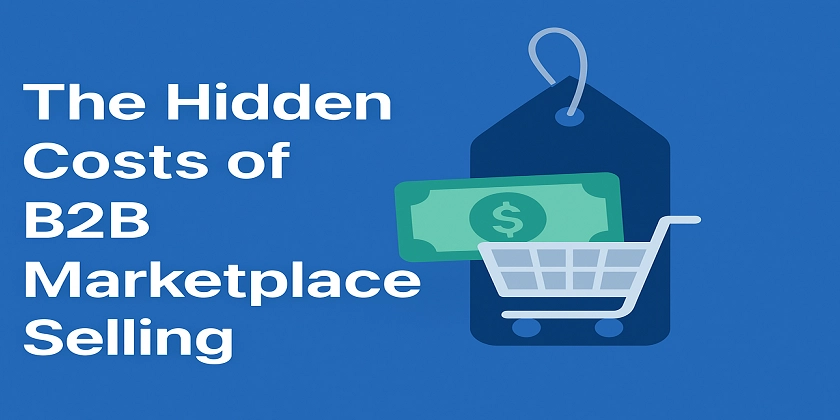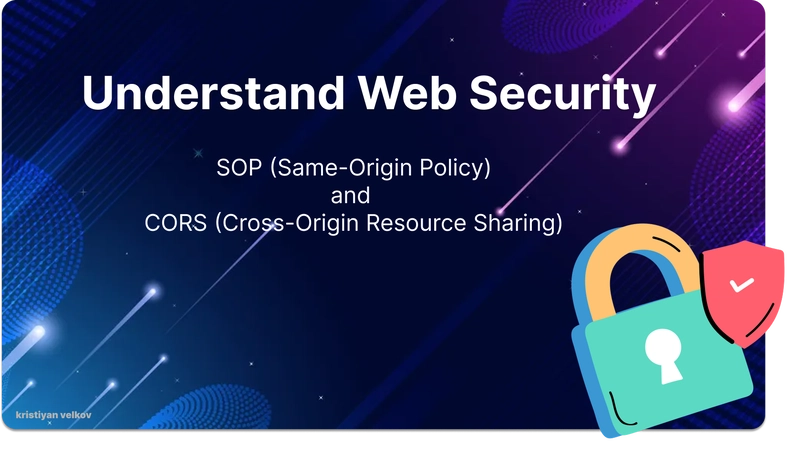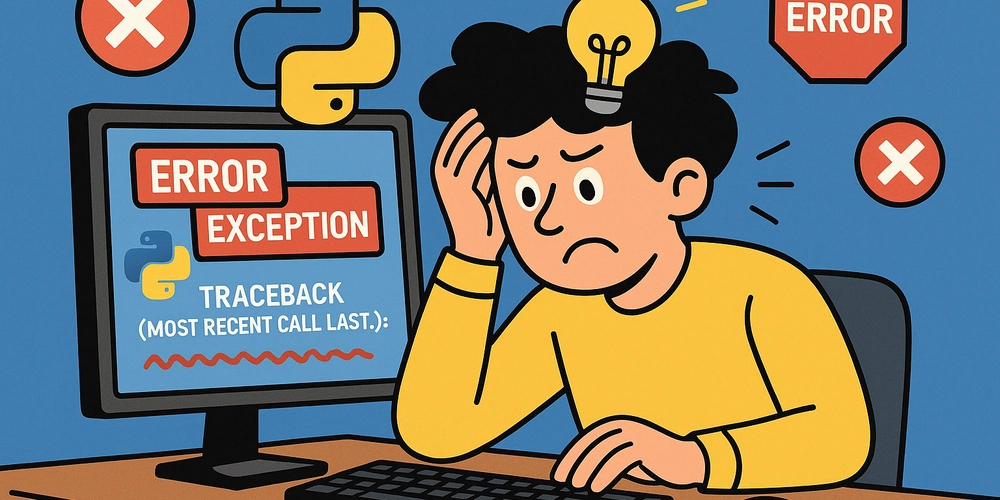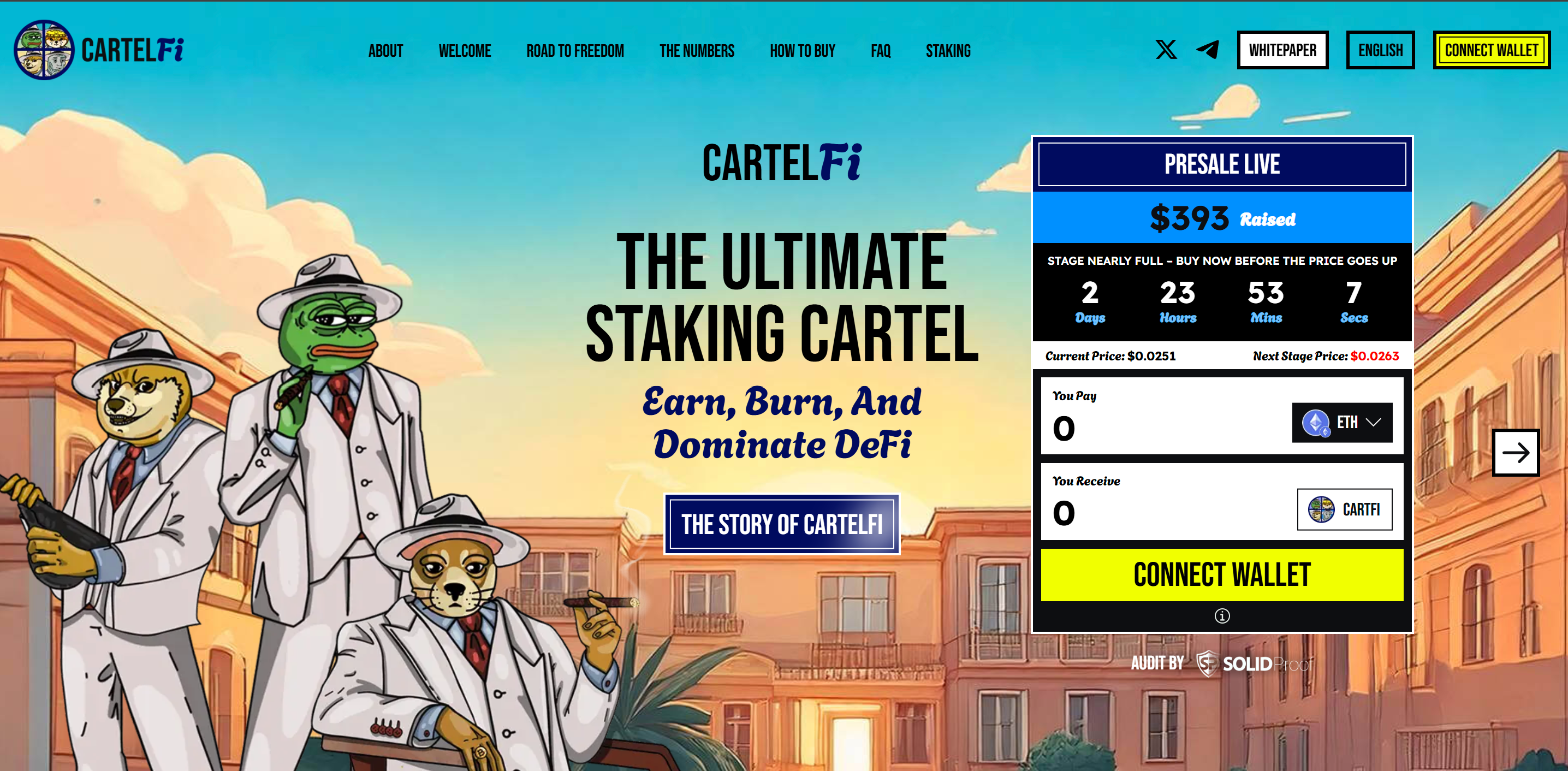The Hidden Costs of B2B Marketplace Selling That No One Talks About
When you’re selling on a B2B marketplace, the promise is clear: instant access to a large audience, plug-and-play infrastructure, and a faster route to revenue. Sounds great, right? But here’s the catch — marketplace selling isn’t free, and the real costs go far beyond the transaction fee. If you're a B2B business or developer working with marketplaces, it's crucial to dig deeper. Let’s unpack the hidden costs that can quietly erode your profits — and what you can do about them. 1. Commission Fees That Keep Growing Most marketplaces charge commissions per transaction. Initially, it may feel reasonable — 10%, maybe 15%. But over time, those fees add up, especially as your sales volume increases. Plus, premium placements, ads, or promotions often cost extra, digging further into your margins. Real-world example: A SaaS vendor offering API integrations on a third-party marketplace saw commission fees jump from 12% to 20% within two years due to tier changes and additional service costs. 2. Loss of Customer Ownership When you sell through a marketplace, your direct relationship with the customer is limited. You don’t own the customer data, and you're often restricted from marketing to them directly. That means: No email remarketing. Limited brand awareness. Little to no feedback loop for improving your offering. For dev-focused products or tools, this breaks your iteration cycle. You can't track how your features perform, making agile improvement tougher. 3. Compliance Complexities Selling across different geographies? Brace yourself for tax regulations, e-invoicing mandates (like India’s GST e-invoicing), and digital compliance headaches. While marketplaces handle some of this, the responsibility often still falls on you, especially for backend integrations. If you're integrating with marketplace APIs or building middleware for compliance, this can mean: Extra dev hours for country-specific rules Ongoing maintenance for tax updates Added security & data protection layers 4. Brand Dilution Marketplaces promote themselves — not your brand. Your product may be listed next to dozens of similar ones. Custom branding, UI, or storytelling options are limited. If your goal is to build long-term brand equity and trust, you’ll struggle in the shadow of a bigger platform. 5. Data Blindness Marketplace dashboards often provide limited analytics. You might see top-level conversion stats but no access to: User journey heatmaps Drop-off points Behavior insights that drive product optimization If you're a data-driven team, this becomes a blocker. So, What's the Alternative? Many businesses start with marketplaces — and that’s perfectly okay for discovery and early traction. But to scale sustainably, consider investing in your own digital infrastructure: ✅ A direct-to-customer web store ✅ First-party analytics integration ✅ Flexible APIs and invoicing systems ✅ Better control over tax compliance Final Thoughts Marketplaces are powerful, but they come with trade-offs. Understanding the hidden costs empowers you to make better decisions — whether you're selling your own B2B tools or helping clients navigate these ecosystems. What has your experience been like with B2B marketplaces? Drop your thoughts in the comments — I’d love to hear how you're navigating this!

When you’re selling on a B2B marketplace, the promise is clear: instant access to a large audience, plug-and-play infrastructure, and a faster route to revenue. Sounds great, right? But here’s the catch — marketplace selling isn’t free, and the real costs go far beyond the transaction fee.
If you're a B2B business or developer working with marketplaces, it's crucial to dig deeper. Let’s unpack the hidden costs that can quietly erode your profits — and what you can do about them.
1. Commission Fees That Keep Growing
Most marketplaces charge commissions per transaction. Initially, it may feel reasonable — 10%, maybe 15%. But over time, those fees add up, especially as your sales volume increases. Plus, premium placements, ads, or promotions often cost extra, digging further into your margins.
Real-world example: A SaaS vendor offering API integrations on a third-party marketplace saw commission fees jump from 12% to 20% within two years due to tier changes and additional service costs.
2. Loss of Customer Ownership
When you sell through a marketplace, your direct relationship with the customer is limited. You don’t own the customer data, and you're often restricted from marketing to them directly.
That means:
- No email remarketing.
- Limited brand awareness.
- Little to no feedback loop for improving your offering.
For dev-focused products or tools, this breaks your iteration cycle. You can't track how your features perform, making agile improvement tougher.
3. Compliance Complexities
Selling across different geographies? Brace yourself for tax regulations, e-invoicing mandates (like India’s GST e-invoicing), and digital compliance headaches. While marketplaces handle some of this, the responsibility often still falls on you, especially for backend integrations.
If you're integrating with marketplace APIs or building middleware for compliance, this can mean:
- Extra dev hours for country-specific rules
- Ongoing maintenance for tax updates
- Added security & data protection layers
4. Brand Dilution
Marketplaces promote themselves — not your brand.
Your product may be listed next to dozens of similar ones. Custom branding, UI, or storytelling options are limited. If your goal is to build long-term brand equity and trust, you’ll struggle in the shadow of a bigger platform.
5. Data Blindness
Marketplace dashboards often provide limited analytics. You might see top-level conversion stats but no access to:
- User journey heatmaps
- Drop-off points
- Behavior insights that drive product optimization
If you're a data-driven team, this becomes a blocker.
So, What's the Alternative?
Many businesses start with marketplaces — and that’s perfectly okay for discovery and early traction. But to scale sustainably, consider investing in your own digital infrastructure:
✅ A direct-to-customer web store
✅ First-party analytics integration
✅ Flexible APIs and invoicing systems
✅ Better control over tax compliance
Final Thoughts
Marketplaces are powerful, but they come with trade-offs. Understanding the hidden costs empowers you to make better decisions — whether you're selling your own B2B tools or helping clients navigate these ecosystems.
What has your experience been like with B2B marketplaces?
Drop your thoughts in the comments — I’d love to hear how you're navigating this!










































































































































































![[The AI Show Episode 143]: ChatGPT Revenue Surge, New AGI Timelines, Amazon’s AI Agent, Claude for Education, Model Context Protocol & LLMs Pass the Turing Test](https://www.marketingaiinstitute.com/hubfs/ep%20143%20cover.png)





































































































































































































































.png?#)







































.webp?#)


























































































![[Fixed] Gemini app is failing to generate Audio Overviews](https://i0.wp.com/9to5google.com/wp-content/uploads/sites/4/2025/03/Gemini-Audio-Overview-cover.jpg?resize=1200%2C628&quality=82&strip=all&ssl=1)

![What’s new in Android’s April 2025 Google System Updates [U: 4/14]](https://i0.wp.com/9to5google.com/wp-content/uploads/sites/4/2025/01/google-play-services-3.jpg?resize=1200%2C628&quality=82&strip=all&ssl=1)














![Apple Seeds tvOS 18.5 Beta 2 to Developers [Download]](https://www.iclarified.com/images/news/97011/97011/97011-640.jpg)
![Apple Releases macOS Sequoia 15.5 Beta 2 to Developers [Download]](https://www.iclarified.com/images/news/97014/97014/97014-640.jpg)































































































































